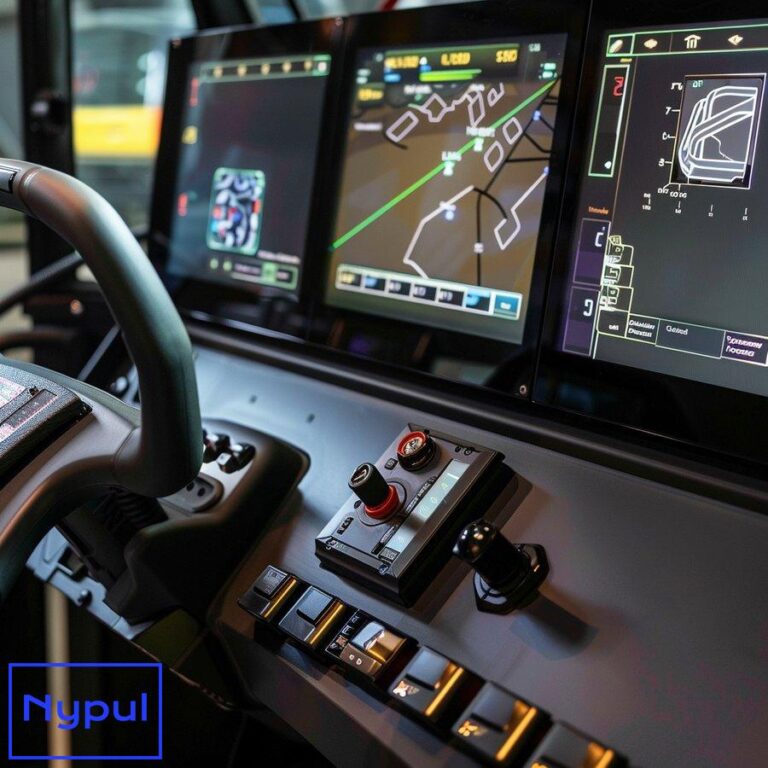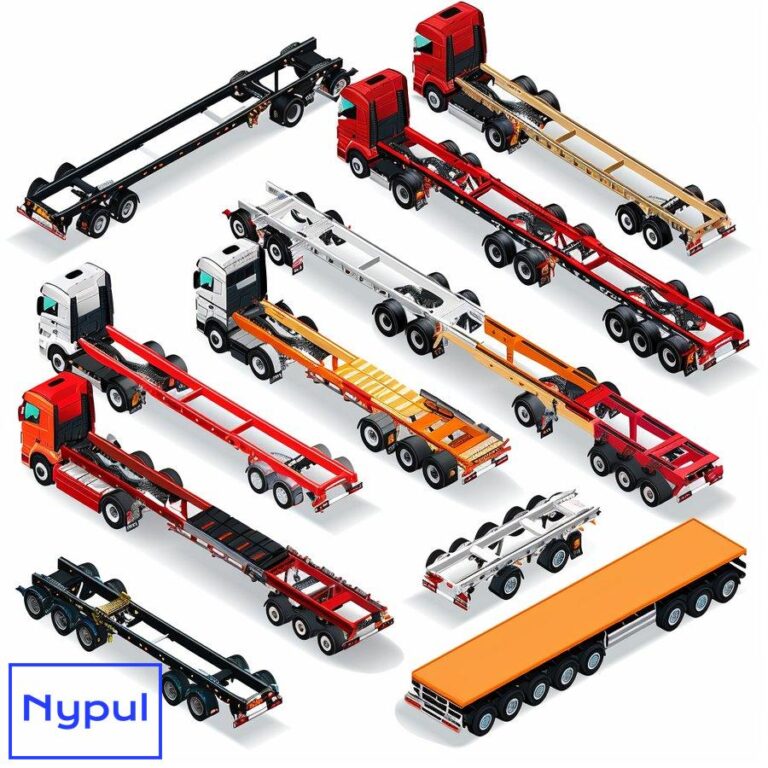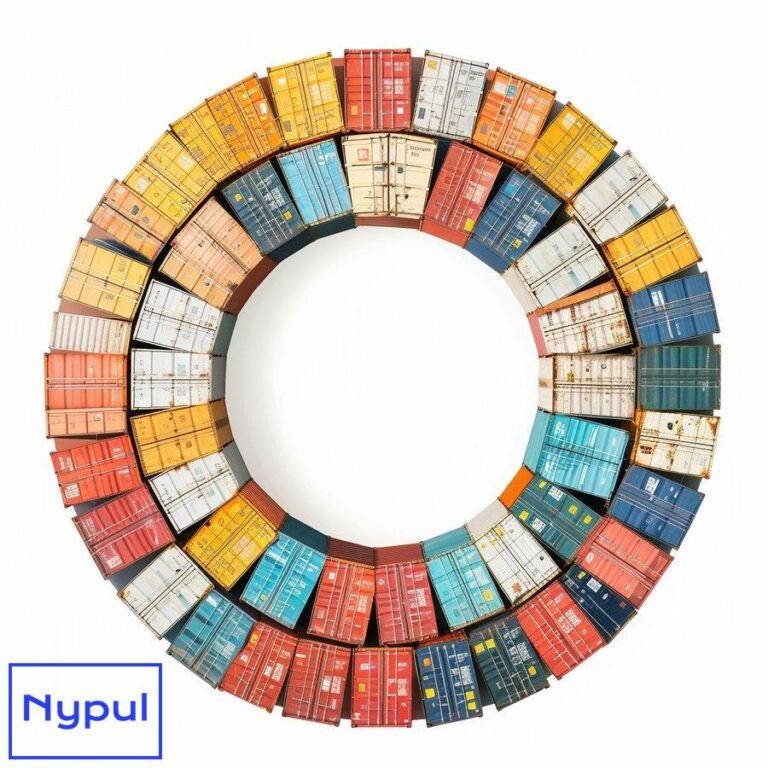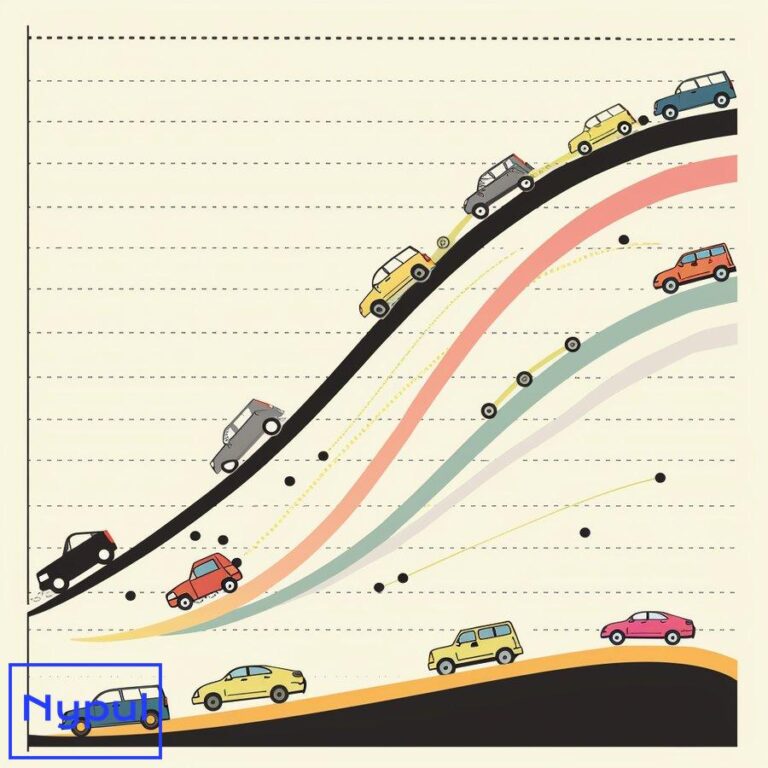What Are the Strategies to Reduce Environmental Impacts of Freight Transport
What is the current state of freight transport’s environmental impact? Freight transport plays a vital role in global commerce, but its environmental footprint is substantial. The logistics industry accounts for approximately 10% of global greenhouse gas emissions, with a significant portion coming from freight transportation. As global trade continues to expand, the environmental impact of…









